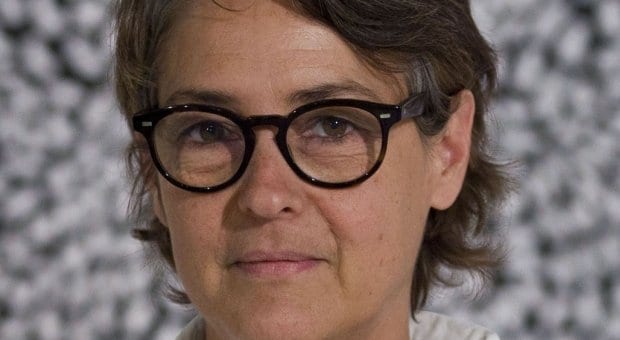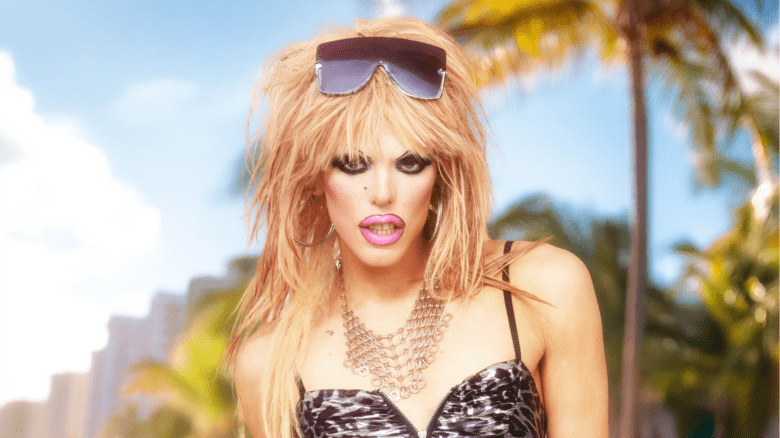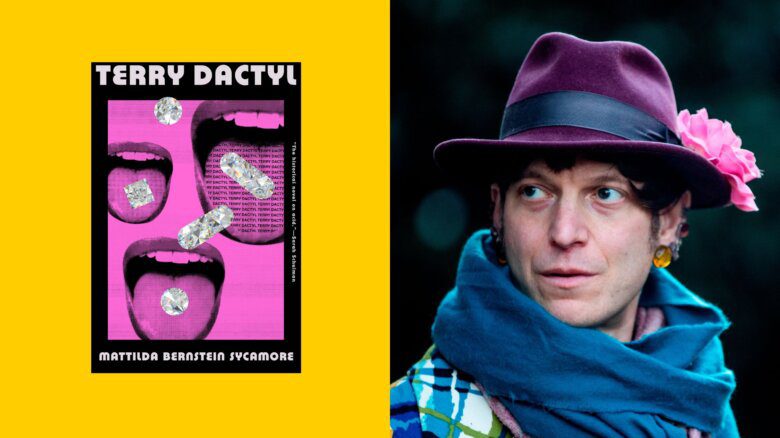Looking at the work of Québécoise graphic novelist, animator and illustrator Diane Obomsawin, I can’t help but think of Margaret Laurence, author of The Stone Angel. “Try to feel, in your heart’s core, the reality of others,” Laurence said. “This is the most painful thing in the world, probably, and the most necessary.”
Obomsawin is known most widely for her illustration and animation work that features Kaspar Hauser, the 19th-century Bavarian foundling with mysterious origins who was stabbed to death at 19. Empathy for the outsider, an expressive, anthropomorphic illustration style, and offbeat, compassionate wit are central themes in all her work.
When asked about her distinctive style, Obomsawin says, “I don’t know how to draw, actually. Each time I draw I think I know how to draw; I think it’s very realistic but it’s so naive.”
These “limitations,” as Obomsawin calls them, require large, tokenizing details that help her delineate characters and bring out what she calls “the most tender aspect of us.”
Obomsawin, who often goes by the name Obom, has been entrenched in BD (bande dessinée) culture in Québéc since the 1980s. The Quebec comic-book scene was one of the most vibrant and anarchic of this pivotal time in the history of the form, and Obomsawin is one of its quiet stars. She was one of the original participants at Foufounes Eléctriques’s notorious BD en directe nights, where illustrators made on-the-spot works with live noise rock playing in the background. Well, sort of in the background. Have a look at this video filmed in 1992 at Foufounes.
Seriously, kids, this is what the early ’90s was like: art happening right now, all the time in Che-Guevara-meets-the-Parachute-Club outfits. And check out that hot butch at 2:58 — where is she now? That’s what butches looked like in 1992, kids: ready at any moment to step into a photo shoot with Madonna and look tough.
For those who have never seen her work, Obomsawin’s allure is best evidenced in her animation.
Obomsawin gives the concept of anthropomorphia a double going over by having the very things (nature, the elements, death) that inspire so much grand artistic work present it back to us with heartfelt earnestness. This technique, the spectacular mingling with the mundane, is killingly funny.
Obomsawin’s new graphic novel is called On Loving Women (J’Aime les Filles in French; more on that translation decision later), a collection of vignettes about lesbian first love and sexual identity. For those of us who grew up in Quebec, surrounded by the concupiscent spectre of Catholicism (as Obom says, “The forbidden thing is attractive”) it will resonate. For women who grew up in the 1970s, carving out space in taverns and meeting in bars in department-store basements, being handed just two squares of toilet paper by a surly woman minding the moral code of the bathrooms, it will resonate.
All of us have struggled with the desire to have another see beyond us and right into us at once; we are always trying to transcend our corporeal limitations — whether they relate to gender, race, class or age — to have someone witness the possibility we feel in ourselves. Obomsawin has a gift for speaking to this precious universal desire. I think we often see our best feelings and intentions reflected in animals — there is a sweetness to them, as Obomsawin says. As a result, her illustrations give a more accurate impression of the emotions and experiences of first love than realism ever could.
Obomsawin was inspired to do this work based on reflections of her own first loves. “I once heard [the Québécois playwright] Michel Tremblay say that every time he saw a picture of a woman and a man kissing he always imagined himself to be the woman. I felt the same way, but I imagined myself to be the man,” she says.
Obomsawin moved around a lot as a child, and her way of coping with these constant upheavals was to develop a crush on a girl wherever the family went. She would never divulge this crush; she would just foster it from afar, but it got her to thinking: what were other friends’ experiences of first love? She began interviewing women, selecting from various age and social backgrounds but ending up, because of her social circle, with a lot of women who came up in the 1960s and ’70s. The process of remembering, how it changes and softens with the years, is evidenced in these stories, though Obomsawin says some of the retellings opened up old wounds. One woman spoke at length and became depressed afterward. The story took on a different aspect when combed over in such detail. Obomsawin then decided to keep this part of the creation to 15 to 20 minutes.
Translating a language brings its own emotional challenges. In French, the book is called J’aime les Filles, which means “I like girls.” As Obomsawin says, francophones will immediately relate it to the Jacques Dutronc song and understand that “filles” means “women.” But she was concerned that the English translation — “I like girls” — would suggest pedophilia, and she didn’t want there to be any ambiguity. How sad that this is a concern. I Like Girls is such a beautiful revelation for those of us who do: a light bulb going on that makes everything click into place and fall apart all at once. Obomsawin says she considered I Like Women but felt it sounded too womanizing. And Obom is a lover, above all.
Town Dyke has been on a bit of a hiatus because I’ve been at work on other projects, namely school, which, as I told my editor, Danny, turns out to be a lot more work than striding through halls in blazers, but I have begun a new monthly at Henhouse (1532 Dundas St W) with my friend the poet Damian Rogers. It’s called Coven (Rock, Poetry, Scissoring).
Diane Obomsawin will be launching On Loving Women at Henhouse on Fri, March 7. Doors open at 9pm. Please come by, and always, if you have work with lesbionic content, please reach me here: pouledeluxe@yahoo.com. Let’s get it out there.

 Why you can trust Xtra
Why you can trust Xtra


